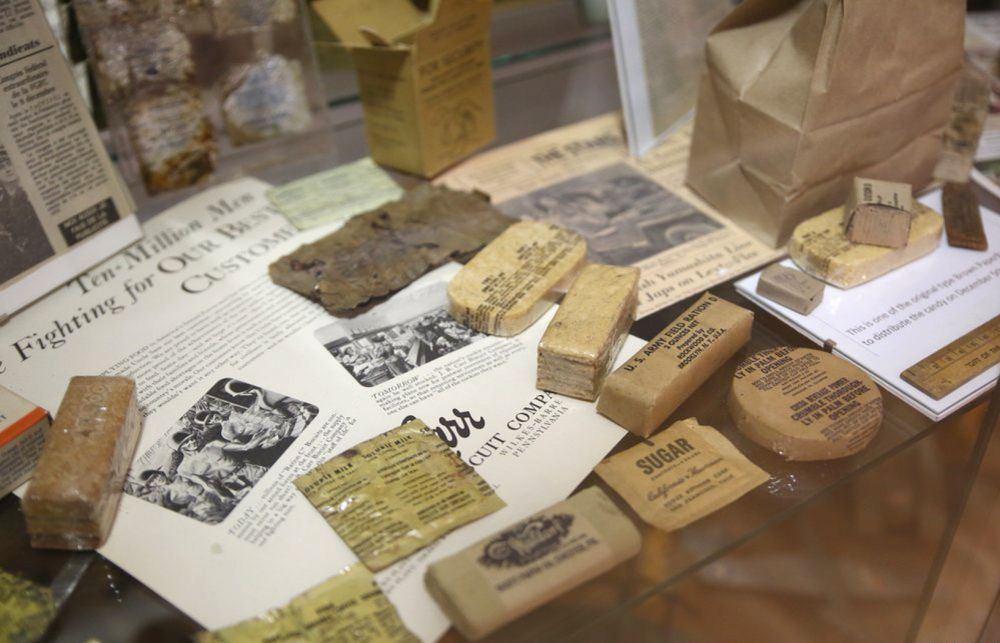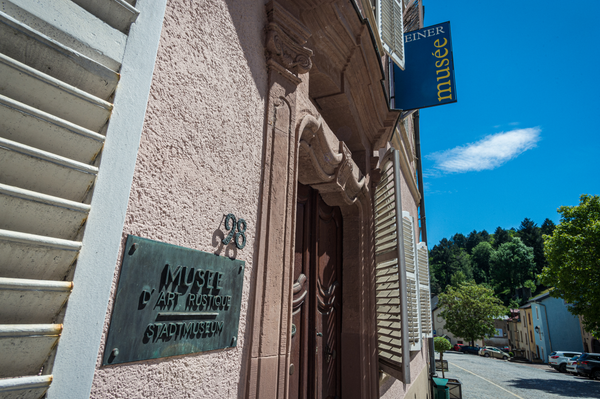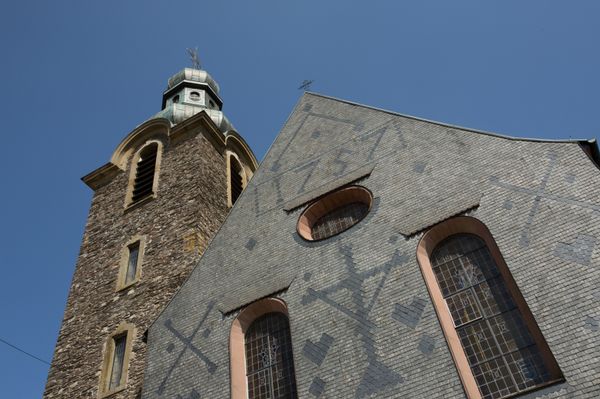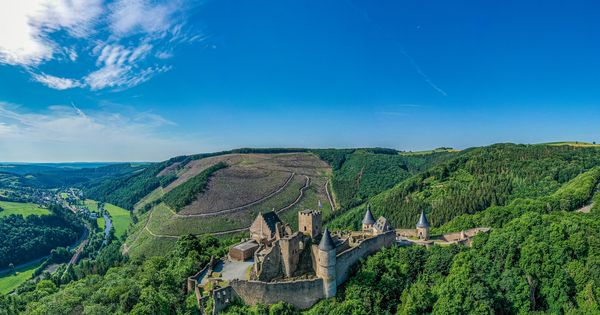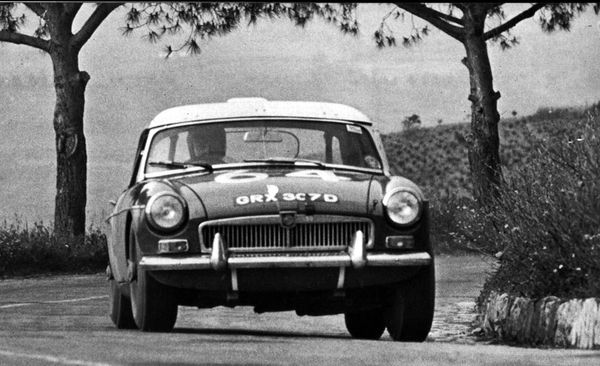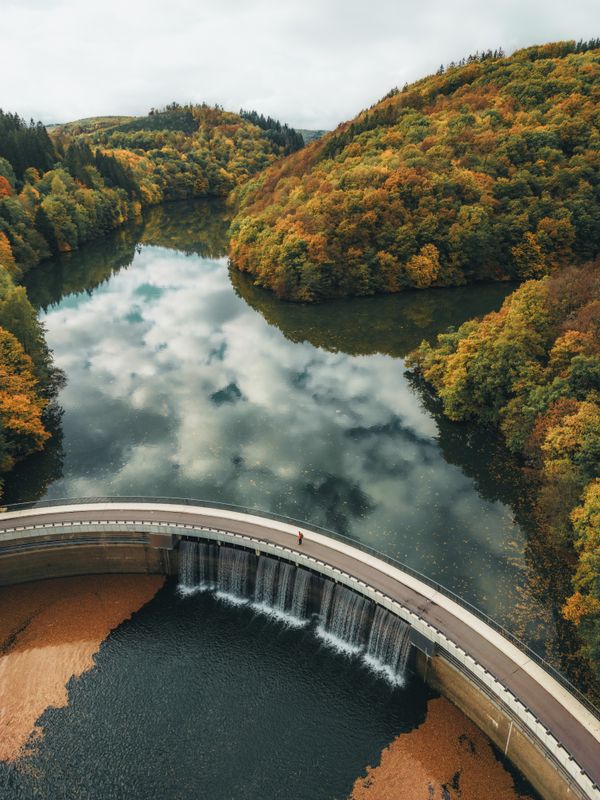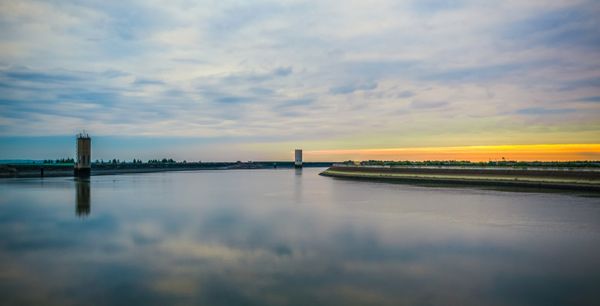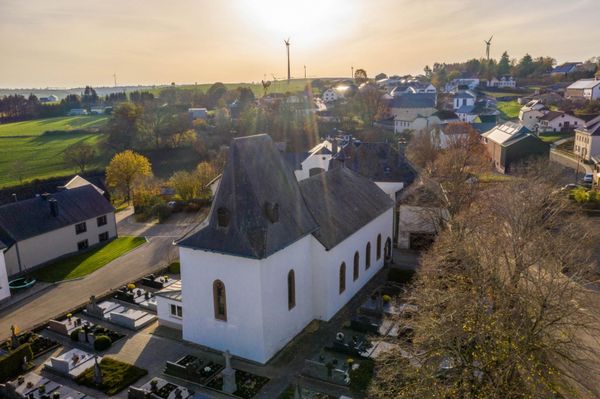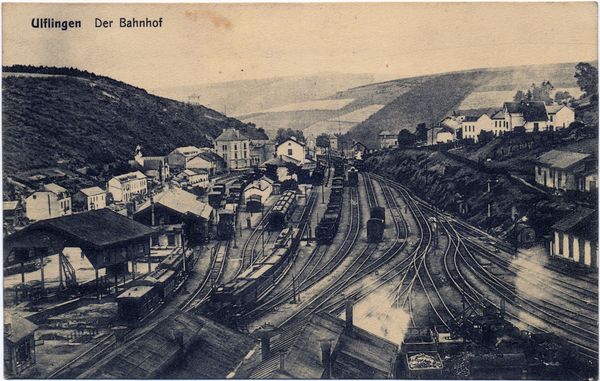
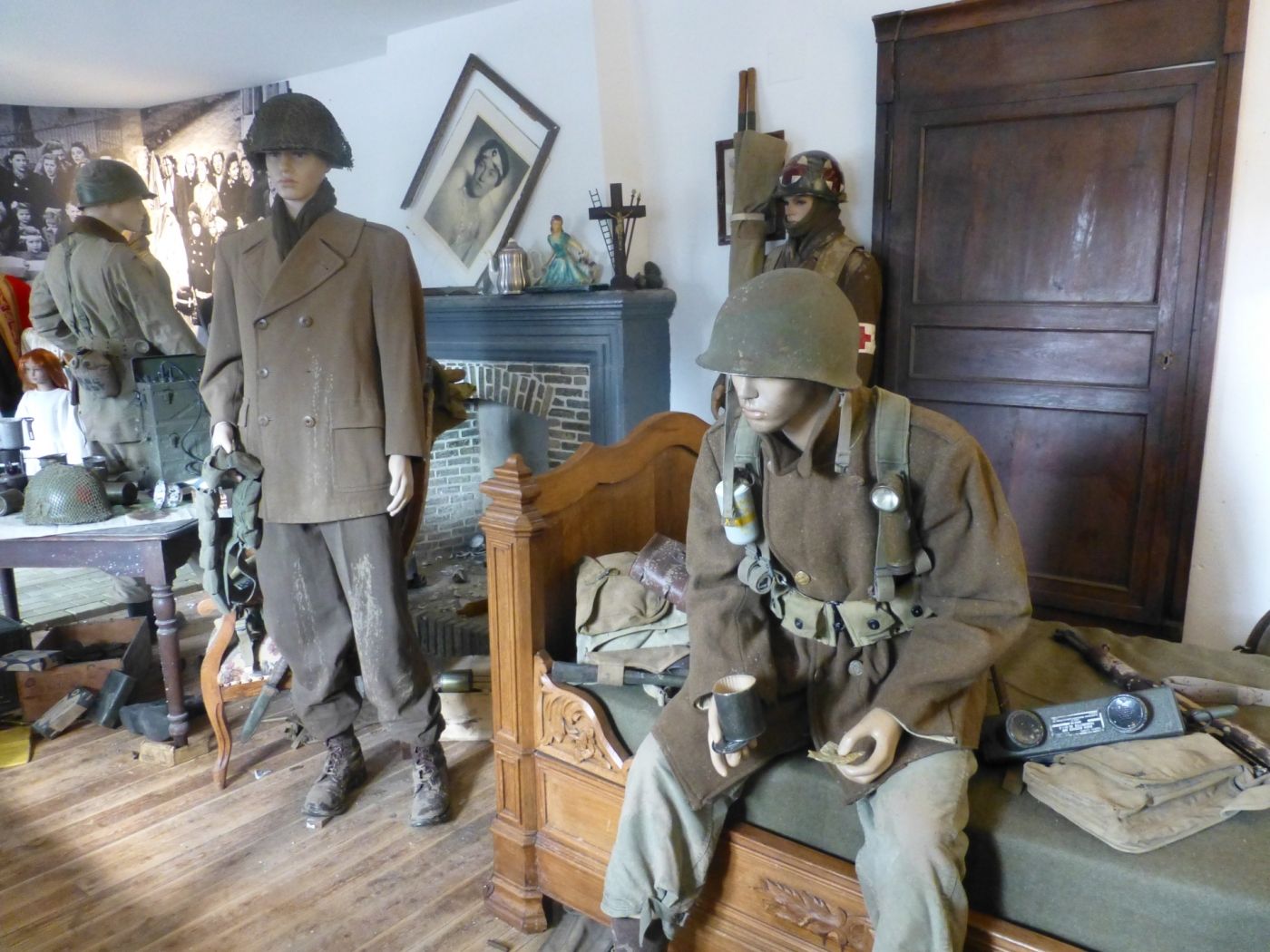
Museum of the Battle of the Bulge Wiltz
Where? 35, Rue du Château, L-9516 Wiltz
Discover the moving history of the "martyr town" during the Battle of the Bulge in the interactive museum in Wiltz. Experience history up close in the beautiful Wiltz Castle.
The museum in Wiltz castle tells the story of the dark period of the Battle of the Bulge in the winter of 1944/45.
In addition to the unique wealth of documents, photos, pieces of equipment and weapons, the immeasurable suffering of the civilian population and the terrible fate of the soldiers on both sides are objectively presented. Of particular interest are the dioramas, e.g. about the cordial coexistence of the Wiltz population with the US GIs in December 1944, the desperate defence of the town by the US military band and the scene with the long-suffering civilians who, in gratitude for their survival, wrote a vow to erect the "Fatima Monument" in the ruins.
Multilingual group tours are available on request.
Practical information
- Toilets
- Public transport connection
- Indoor
Culture info
- Visit possible (& visit information)
- History
Opening hours
Opening hours are subject to change. Please check them before your visit in order to be sure.
| Saturday | 13.12.2025 : 09:00 - 12:00 , 14:00 - 17:00 |
| Sunday | Closed |
| Monday | 15.12.2025 : 09:00 - 12:00 , 14:00 - 17:00 |
| Tuesday | 16.12.2025 : 09:00 - 12:00 , 14:00 - 17:00 |
| Wednesday | 17.12.2025 : 09:00 - 12:00 , 14:00 - 17:00 |
| Thursday | 18.12.2025 : 09:00 - 12:00 , 14:00 - 17:00 |
| Friday | 19.12.2025 : 09:00 - 12:00 , 14:00 - 17:00 |


